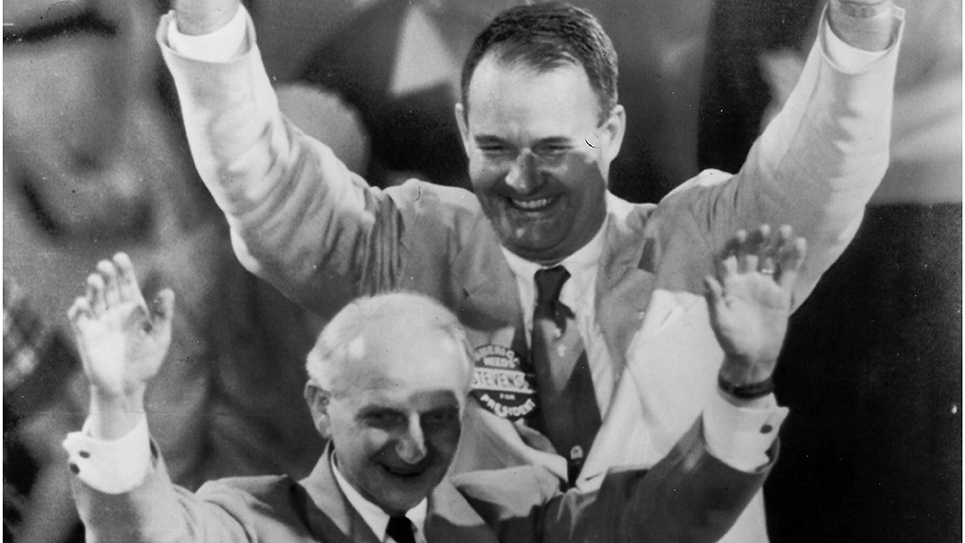
The Cemetery at the First Presbyterian Church holds the graves of many of Knoxville’s early settlers including that of James White, founder of the city.
By Mike Steely
steelym@knoxfocus.com
It’s hard to imagine what the little settlement of Knoxville looked like before the place became a town. When the territorial governor was looking for a location for a capitol, he considered the Southwest Point Fort in what is now Kingston and the James White Fort in Knoxville. That was before the city was named and several years before statehood.
There was very little on the hill overlooking the river then and East Tennessee was the final U.S. territory before entering the Cherokee lands to the south and west. It was a pioneer frontier settlement.
Next year Knoxville will celebrate 225 years and several organizations are beginning to plan for the event. Cherel Henderson, Executive Director of the East Tennessee Historical Society, said the founding of the city may be part of the East Tennessee History Fair in August as well as some of the lecture series and possibly an event with the First Families of Tennessee. The official “founding day” will be Monday, October 3, 2016.
“The Knoxville History Project is in early discussions with several other local organizations about the celebration of Knoxville’s 225th and hope to bring out some surprising and relevant aspects of our city’s past. It brings out a few reasons why Knoxville’s birth is different from that of most American Cities,” Jack Neely, Executive Director of the Project, told The Focus.
“Upcoming events like Knoxville Stomp will join a long list of signature events that are unique to Knoxville. Annual festivals including Dogwood Arts, Big Ears, Rossini and the East Tennessee History Fair exhibit the many ways in which Knoxville is culturally diverse and historically significant. Next year will allow many organizations to tell their own story though the lens of the 225th Anniversary,” Calvin Chappell, Heritage Tourism Coordinator for Visit Knoxville told The Focus.
An updated “Visitors Guide” will have a heavy focus on the 225th Celebration, offering current residents, newcomers and out-of-town guests the opportunity to explore and engage local history and culture.
“We plan on having an opening event sometime in January, an event during the spring or summer and a culminating event on or around the actual anniversary. We will work with other arts, historical and cultural organizations or develop new programming or interweave existing programming,” Chappelle said.
”We’re planning a 10-month long celebration leading to the October Anniversary of Knoxville,” said Kim Bumpass, Executive Director of Visit Knoxville.
Most of us know a bit about early Knoxville history, but there are aspects of the city’s early history that you may not know.
For instance the first tavern and inn in the city was owned by John Chisolm on a corner near the Blount Mansion. The building is long gone but a historic sign indicates the location. Chisolm was a militia officer, an agent to the Cherokee under Gov. William Blount, and a scallywag who was involved in a plot to wrestle Florida from Spain and to sell Cherokee lands in cahoots with Chief Doublehead.
Chisholm’s Tavern sat at the corner of Front and Gay and may have been the meeting place where the state of Tennessee began to take shape.
The James Park House at 422 West Cumberland Avenue is actually built on the foundation of a house started by John Sevier in the 1790s. It may be the second oldest building still standing in Knoxville and the structure was completed by Park, who became a city mayor.
Today the Park house is headquarters for the Gulf & Ohio Railways, operator of short line railroads and the Three River Rambler.
Gay Street wasn’t always known by that name. For many years it was called Market Street or Broad Street. The route appears on the survey map drawn by Charles McClung in 1791.
The James White Fort’s original location was at State and Clinch. The fort was taken apart log by log and stored until it was reassembled at the current location along with several buildings taken from other locations. The original cabin was moved to another site before being relocated in the 1960s to its current location at 205 Hill Avenue.
The Old Knox County Courthouse, on the National Register of Historic Places, actually dates back only to 1884 and was built on a site then occupied by a hotel. Three earlier county courthouses had been located nearby, the prior one just across the street from the current location.
During the early days of Knoxville the site of the current “old” courthouse was actually the location of the Federal Garrison Fort. From 1793 until 1907 troops commanded that hillside and it was the object of a failed Cherokee raid. Legend says the troops there fired cannons which the Chickamauga Cherokee heard and decided not to attack the fort and, instead, turned the attack to the Cavitt family. A massacre took place at Cavitt cabin, led by Cherokee Chief Doublehead.
Tennessee’s first governor, John Sevier, and his two wives are buried in the lawn in front of the historic courthouse.
First Presbyterian Church‘s original building was constructed on a turnip patch donated by James White. The church is the city’s oldest congregation, dating back to 1792, and services were held outside and at the Federal Garrison for about 17 years before an early chapel was built. Built in 1809 on the lot laid out by White’s son-in-law, Charles McClung, the site was originally dedicated “for a church and burying ground.”
The First Presbyterian Cemetery, adjoining the modern church, holds the graves of the first minister, Rev. Samuel Carrick, as well as those of Governor William Blount and James White and his son, Hugh Lawson White, who was a U. S. Senator and Presidential Candidate.
Burials there stopped in 1850 because of the lack of space. Now the First Presbyterian Church and Cemetery take up the entire block on State Street between Church and Clinch Avenues.






